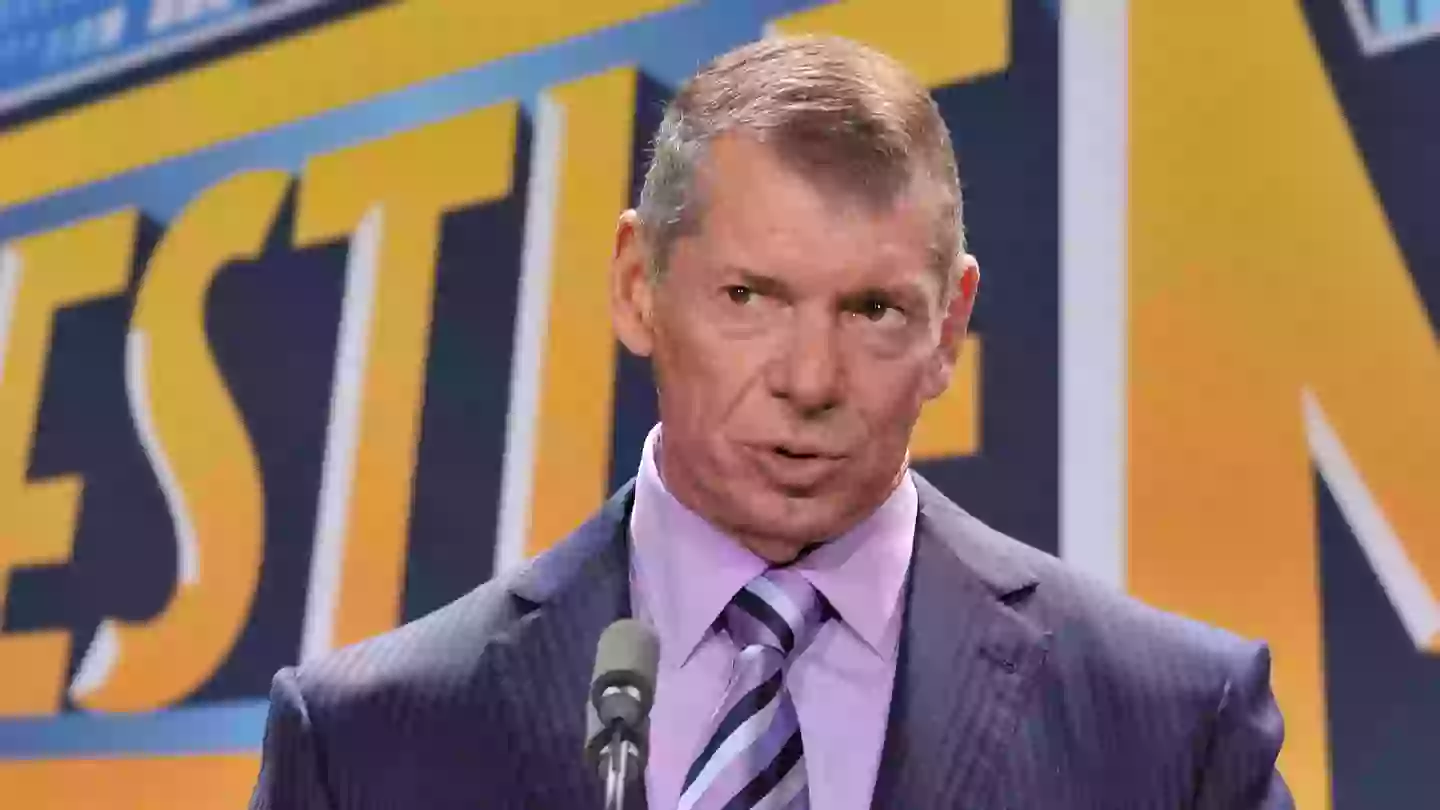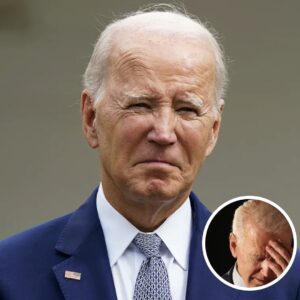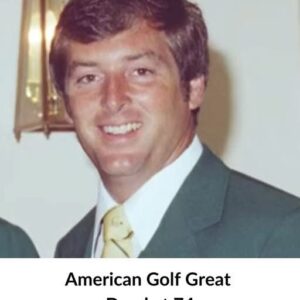Fit Finlay’s Unexpected Firing and Eventual Redemption: A Professional Retrospective
In the world of professional wrestling, careers often hinge on both in-ring prowess and behind-the-scenes decisions. Few stories highlight this duality as starkly as that of David John “Fit” Finlay, the Northern Irish wrestler whose unexpected firing from World Wrestling Entertainment (WWE) in 2011 had little to do with his ring performance. Instead, a single creative misstep—interrupting the U.S. national anthem during a house show—led to his dismissal. Yet, Finlay’s journey also illustrates the resilience of a performer who, after weathering a storm of controversy, found his way back to the company he had long called home. This is a comprehensive account of Finlay’s wrestling background, the circumstances surrounding his dismissal, and how he ultimately reclaimed his standing in WWE.

Early Life and Career Foundations
Born in County Antrim, Northern Ireland, David John Finlay grew up in an environment that nurtured both a respect for discipline and an affinity for contact sports. His early exposure to wrestling set him on a path to pursue the sport at a professional level. Finlay’s dedication to rigorous training and in-ring technique soon became evident. By the time he emerged onto the international wrestling scene, his physical style and unyielding determination had already become his trademarks.
Long before arriving in the United States, Finlay built a solid reputation in Europe. Known for his gritty demeanor and technical prowess, he captured the attention of promoters who recognized his potential to excel on a larger stage. He possessed an innate ability to tell a compelling story in the ring, blending traditional wrestling holds with an aggressive style that was equally suited to British wrestling halls and the larger arenas of America.
The Journey Across the Atlantic
Finlay’s path to North American stardom took shape in the mid-1990s, a period often referred to as wrestling’s “Monday Night Wars.” This era saw two major American promotions—World Championship Wrestling (WCW) and World Wrestling Entertainment (then WWF)—engaged in a fierce ratings battle. The Monday Night Wars not only captured the attention of wrestling fans worldwide but also provided international talents, like Finlay, with opportunities to secure high-profile contracts.
Finlay joined WCW in 1996. The company’s Georgia-based roots and primetime television slots meant it was competing neck-and-neck with WWE for audience share. WCW was seeking fresh faces to keep storylines dynamic, and Finlay fit the bill. Initially known as “The Belfast Bruiser,” he projected a persona that combined a rugged, no-nonsense attitude with a distinctive European wrestling technique.
During his tenure in WCW, Finlay achieved notable success. He held both the Hardcore Championship and the Television Championship, feats that showcased his adaptability to various match styles. Hardcore wrestling, in particular, suited his hard-hitting approach, while his technical skill shone in more traditional bouts.
Transition to WWE and the Rise of a Trusted Figure
In 2001, Vince McMahon’s WWE acquired WCW, effectively ending the Monday Night Wars. Many WCW wrestlers were absorbed into WWE’s roster, Finlay included. Rebranded under variations of “Fit Finlay,” he continued to display the same tenacity and skill that had made him a standout in WCW. His time in WWE would see him capture the United States Championship and engage in several memorable feuds, often centered around his imposing ring style.
Yet Finlay’s influence extended far beyond his on-screen persona. Behind the scenes, he became a trainer and producer, roles that demonstrated WWE’s trust in his expertise. His responsibilities included mentoring younger wrestlers, helping craft matches, and ensuring that live events ran smoothly. This behind-the-curtain involvement highlighted Finlay’s dual value to WWE: he was both an in-ring competitor and a reliable backstage professional.




